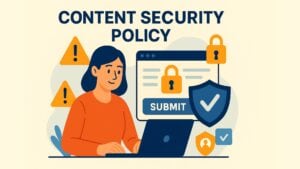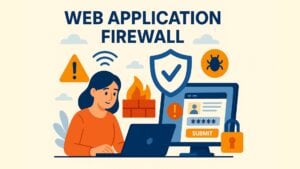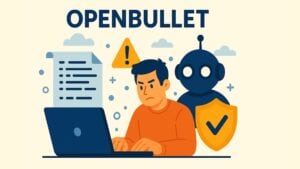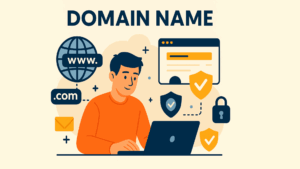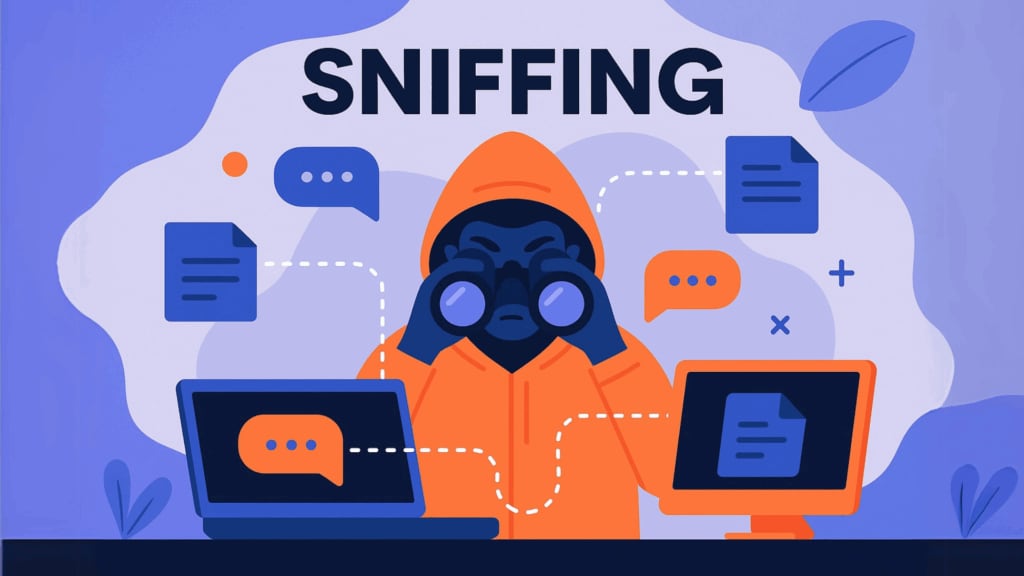
Have you ever imagined someone silently listening to your online conversations or digital activity? In the digital world, this type of eavesdropping is not only possible — it’s a known threat. The technique is called sniffing, and it’s one of the most common methods used to intercept data over a network. As cyber threats become more sophisticated, understanding what sniffing is, how it works, and how to protect yourself is more important than ever.
Table of contents
What is Sniffing in Cybersecurity?
Sniffing refers to the process of monitoring and capturing data packets as they travel across a computer network. Imagine your data as cars on a highway, each carrying information such as emails, login credentials, or banking details. A sniffer tool acts like an invisible surveillance system, capable of inspecting each vehicle and logging its contents.
Originally intended as a diagnostic aid for IT administrators, sniffers come in both software and hardware forms. Applications like Wireshark or tcpdump, for example, are widely used for legitimate network analysis. However, when these tools fall into the wrong hands, they become powerful weapons for cybercriminals. It’s important to note that unauthorized sniffing is illegal and punishable by law.
How Sniffing Works
When data travels across the internet, it is broken down into smaller units called packets. These packets are normally only visible to the devices involved in the communication. However, a system placed in promiscuous mode can capture and inspect every packet passing through a network, regardless of its intended recipient.
This is how sniffers collect data quietly in the background. Once gathered, the data is often analyzed for sensitive information such as account credentials, private conversations, or business secrets.
Passive vs. Active Sniffing Attacks
There are two main approaches to sniffing: passive and active.
In passive sniffing, attackers quietly observe the network without altering traffic. This is especially effective in older hub-based networks, where all traffic is shared with all connected devices. Since there’s no interference, passive sniffing is incredibly hard to detect.
Active sniffing, on the other hand, involves manipulating the network to gain access to traffic not naturally visible. This might include techniques like ARP poisoning, where an attacker deceives devices into sending data through them, or DNS spoofing, where web traffic is redirected to fake sites. In modern switched networks, active sniffing is the go-to method because switches isolate data traffic between devices.
Real-World Scenarios of Sniffing
Sniffing attacks are far from theoretical. In public spaces like airports or cafes, attackers often target users connected to unencrypted Wi-Fi networks. Once connected, they can capture everything from casual browsing activity to login credentials.
In the corporate world, sniffing tools can be used under the guise of IT diagnostics but are actually leveraged for espionage. Additionally, Man-in-the-Middle (MitM) attacks—a common form of active sniffing—can silently intercept and even modify data exchanged between two parties without their knowledge.
Risks of Sniffed Data
Once attackers have collected packets, they can reconstruct and exploit the information within. This may include stealing usernames and passwords, hijacking email sessions, or gaining unauthorized access to business systems. With enough data, attackers can impersonate users, steal money, or leak confidential documents. In advanced scenarios, sniffers might even inject malicious code into packets, opening the door to further compromise of a system.
How to Protect Against Sniffing
Staying safe from sniffing attacks starts with encryption. When visiting websites, always ensure the connection uses HTTPS, which encrypts the data in transit. For more comprehensive protection, especially when using public networks, a Virtual Private Network (VPN) is essential, as it creates a secure tunnel for your data.
Your Wi-Fi network should also use WPA3 encryption rather than outdated standards like WEP or WPA. Keeping devices and software up to date with the latest security patches reduces exploitable vulnerabilities. It’s also wise to implement multi-factor authentication (MFA)—so even if login data is compromised, unauthorized access remains unlikely.
Protective software such as firewalls and antivirus tools should be part of your setup, and caution should be exercised when clicking links or downloading files. Phishing tactics can be used to install sniffing software, so safe browsing habits go a long way.
Monitoring your network can provide clues about possible sniffing activity. Tools that detect devices in promiscuous mode or identify unusual traffic spikes are especially useful in business environments.
Why Sniffing is Hard to Detect
Passive sniffing presents the biggest challenge because it generates no network activity and leaves no logs. It’s a silent observer. While active sniffing can sometimes be detected due to the abnormal traffic it produces, recognizing it typically requires trained personnel and specialized tools that can distinguish between normal and suspicious patterns.
The Role of CAPTCHA in Web Security
Although sniffing doesn’t directly relate to CAPTCHA systems, services like captcha.eu contribute to broader cybersecurity efforts. CAPTCHA helps prevent bots from exploiting vulnerabilities on websites—like brute-force login attacks or form abuse—that could eventually lead to sniffing if a system is compromised.
By blocking automated attacks and verifying that a real human is interacting with a website, captcha.eu’s user-friendly and privacy-focused solution acts as a frontline defense in a larger security strategy.
Conclusion
Sniffing is a potent technique in the hacker’s arsenal. It can happen quietly and effectively, especially when users or organizations aren’t properly secured. But by understanding how it works and implementing strong protections, individuals and businesses can stay ahead of attackers.
Security tools, encryption, regular monitoring, and solutions like captcha.eu form a robust defense against not just sniffing, but a host of digital threats. And above all, remember: unauthorized sniffing isn’t just risky — it’s illegal.
100 free requests
You have the opportunity to test and try our product with 100 free requests.
If you have any questions
Contact us
Our support team is available to assist you.
